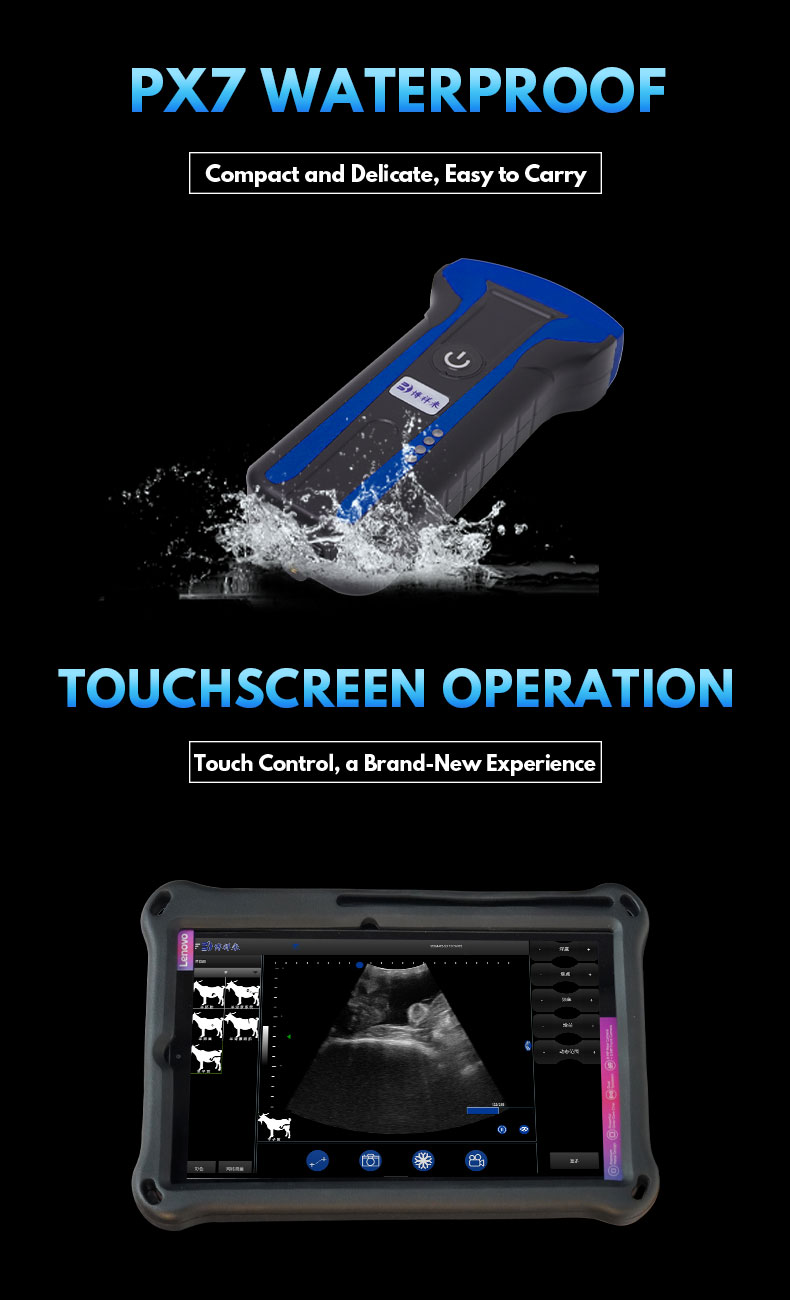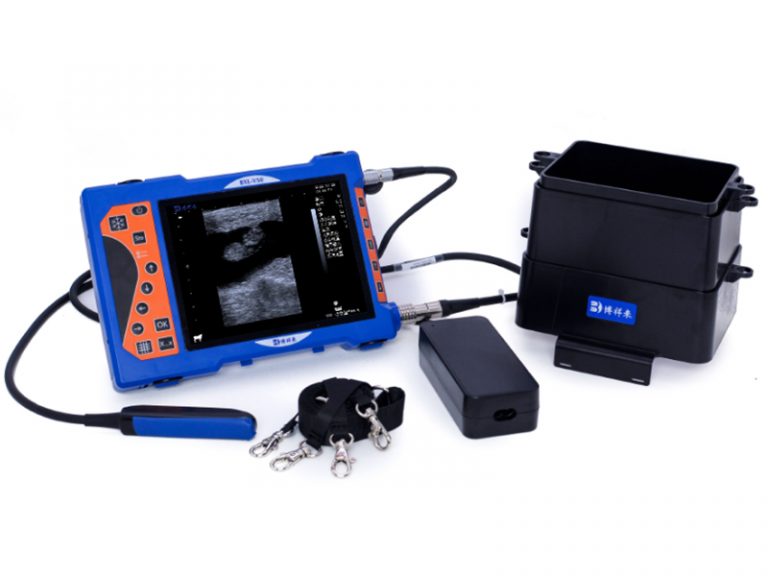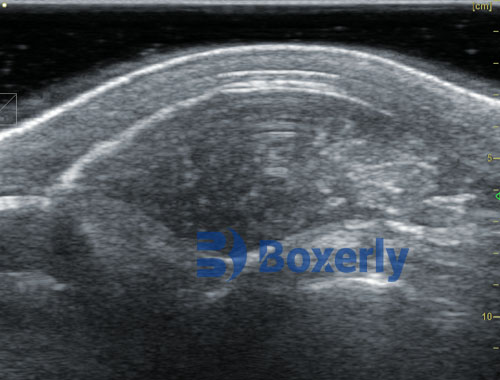BXL Veterinary Ultrasound Basics: A Guide for Veterinary Professionals
In modern veterinary practice, ultrasound technology has become an indispensable tool for diagnosing a wide variety of conditions in animals. Among the leading providers of veterinary ultrasound equipment is BXL, a brand known for its innovative and high-quality ultrasound systems. This article covers the BXL veterinary ultrasound basics, providing veterinary professionals with a clear understanding of what these systems are, how they work, and why they are essential in animal healthcare.

What is BXL Veterinary Ultrasound?
BXL veterinary ultrasound refers to ultrasound systems specifically designed for use in veterinary medicine. These devices use high-frequency sound waves to create real-time images of an animal’s internal organs, tissues, and structures. The images generated allow veterinarians to diagnose conditions ranging from abdominal disorders to heart diseases and reproductive issues without the need for invasive surgery.
How Does BXL Veterinary Ultrasound Work?
The basic principle of ultrasound involves sending high-frequency sound waves through the animal’s body, which then bounce back to a sensor. These sound waves are converted into images that reveal detailed internal structures. The process is completely non-invasive, making it a safe and effective diagnostic tool for animals of all sizes.
Here’s a step-by-step breakdown of how BXL veterinary ultrasound works:
- Preparation: The area to be examined is typically shaved and a gel is applied to ensure the sound waves can travel through the skin.
- Scanning: The ultrasound probe, also known as a transducer, is gently placed on the animal’s skin. It emits sound waves and receives the echoes that bounce back from internal structures.
- Imaging: The echoes are processed by the system’s software, converting them into images displayed on a monitor. These images allow the veterinarian to assess the condition of organs, tissues, or any abnormalities.
- Diagnosis: Based on the ultrasound images, the veterinarian can identify various health conditions, such as tumors, fluid buildup, infections, or even pregnancies.
Key Features of BXL Veterinary Ultrasound Systems
1. High-Resolution Imaging
One of the most important features of BXL veterinary ultrasound is its ability to produce high-resolution, clear images of internal structures. This detail is critical for diagnosing conditions like organ abnormalities, cysts, or tumors with precision.
2. Portability
BXL ultrasound systems are designed for portability, which is especially beneficial for mobile veterinary practices or clinics that need flexibility. These compact, lightweight systems can be easily transported for on-site examinations.
3. User-Friendly Interface
BXL ultrasound equipment is known for its easy-to-use interface. The software and controls are intuitive, making it accessible for both seasoned professionals and those new to ultrasound technology. The system is designed to minimize the learning curve while maximizing diagnostic efficiency.
4. Versatility
Whether for general health checkups, pregnancy monitoring, or more specialized diagnostic needs, BXL ultrasound systems are versatile and can be used across various applications. The systems are suitable for animals of all sizes, from small pets like cats and dogs to larger animals like horses and cattle.
Benefits of Using BXL Veterinary Ultrasound
1. Non-Invasive Diagnosis
One of the primary benefits of BXL veterinary ultrasound is its non-invasive nature. Unlike other diagnostic methods that require surgical procedures or biopsies, ultrasound offers a way to assess internal conditions without causing discomfort to the animal.
2. Early Detection of Health Issues
Ultrasound can detect issues early, allowing for faster diagnosis and treatment. This early detection can be crucial for conditions such as tumors, organ dysfunction, or pregnancy complications, ultimately improving the chances for successful treatment.
3. Real-Time Imaging for Immediate Results
Unlike traditional diagnostic methods that may require waiting for lab results, ultrasound provides real-time imaging, allowing veterinarians to make immediate decisions about the care of their patients. This feature is invaluable in emergency situations or when quick action is necessary.
4. Enhanced Client Confidence
Offering ultrasound services boosts client confidence. Pet owners are more likely to trust a clinic that provides advanced diagnostic tools, knowing their pets are receiving the best care available. This can also lead to increased client retention and new clients seeking your services.
Common Applications of BXL Veterinary Ultrasound
1. Pregnancy Detection and Monitoring
For veterinarians working with breeders or animals in reproductive care, BXL veterinary ultrasound is a crucial tool for monitoring pregnancy. It can detect early pregnancies, track fetal development, and assess the health of both the mother and the unborn young.
2. Abdominal Imaging
Abdominal ultrasound is used to examine the internal organs, including the liver, kidneys, spleen, and intestines. BXL systems help identify conditions like tumors, cysts, infections, or foreign objects within the digestive tract.
3. Cardiology
In cardiology, ultrasound is used to examine the heart’s structure and function. BXL veterinary ultrasound equipment helps diagnose heart conditions such as valve disease, cardiomyopathy, and other cardiac abnormalities, particularly in older animals.
4. Musculoskeletal Imaging
For animals with joint or tendon injuries, BXL ultrasound can provide detailed images of the soft tissues, muscles, and ligaments. This application is especially beneficial for diagnosing injuries in working animals like dogs and horses.
Choosing the Right BXL Veterinary Ultrasound Equipment
When selecting a BXL veterinary ultrasound system, there are several factors to consider:
- Imaging Quality: Choose a model that provides clear, high-definition images to ensure accurate diagnoses.
- Portability: If your practice requires frequent travel or on-site visits, opt for a portable model that is easy to transport.
- Software Features: Look for a system with intuitive software and advanced features that make it easy to interpret images and make accurate diagnoses.
- Support and Warranty: Ensure that the manufacturer offers reliable customer service, training, and a comprehensive warranty to keep your system running smoothly.
Conclusion
Understanding the BXL veterinary ultrasound basics is essential for any veterinary practice looking to expand its diagnostic capabilities. With its high-resolution imaging, portability, and versatility, BXL ultrasound systems offer an efficient, non-invasive way to diagnose a wide range of conditions in animals. From pregnancy monitoring to cardiac evaluations, these systems provide valuable insights into an animal’s health, helping veterinarians deliver better care. By investing in BXL ultrasound technology, veterinary clinics can enhance their diagnostic accuracy, improve patient outcomes, and build stronger client relationships.
Key Takeaways:
- BXL veterinary ultrasound offers non-invasive, high-quality imaging for diagnosing internal conditions.
- The equipment is portable, user-friendly, and versatile, suitable for a wide range of diagnostic needs.
- Ultrasound helps with early detection, real-time imaging, and enhanced client satisfaction in veterinary practices.





